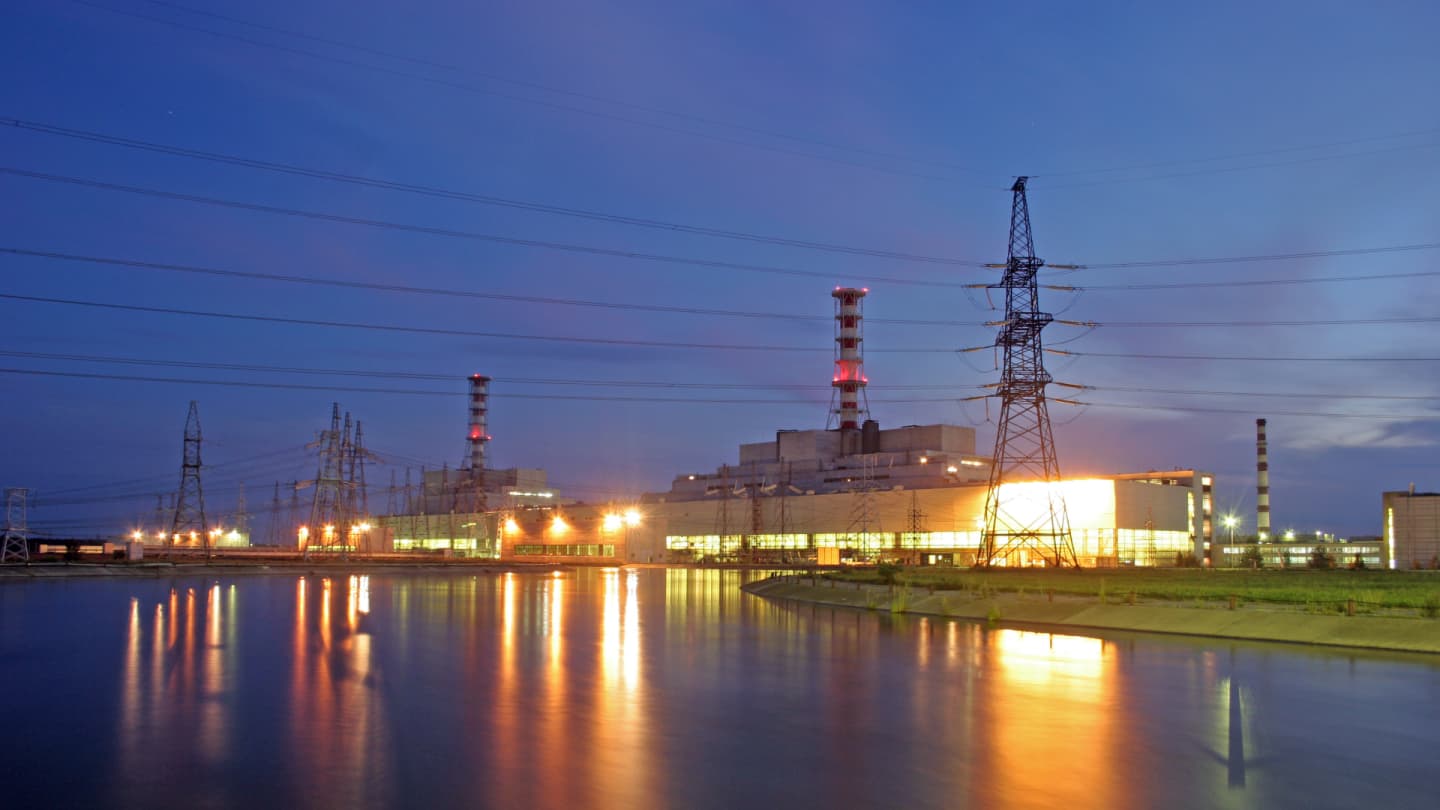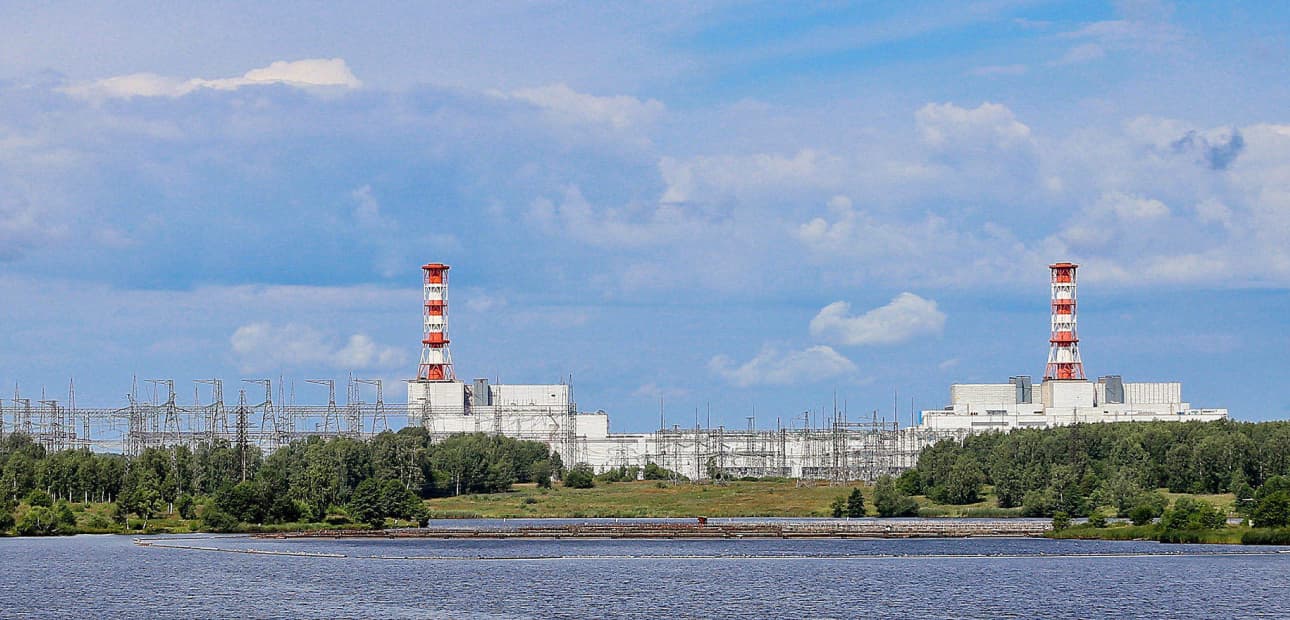Nuclear power plant safety systems
The basic principle of safe operation of a nuclear power plant is preventing an uncontrolled escapeof radioactive products.
The power units of Smolensk NPP feature high safety indicators. The principle of self-protection of the reactorunit and availability of the safety barriers (the defense-in-depth concept) are referred to the key safety factors.All power units are equipped with a containment system preventing from any release of radioactive substancesto the environment.
Defense-in-depth concept
The defense-in-depth concept is applied to compensate for potential human errors or mechanical failures. This concept is based on several levels of protection with a sequence of barriers on the way of discharge of radioactive materials into the environment. This concept envolves protection of the barriers through prevention of a damage to the plant or to the barriers. It includes further measures to protect the population and the environment against any impacts if the barriers will not be enough effective.
The first barrier is a fuel matrix (i.e. a pellet).
The second barrier is a fuel element jacket.
In order to avoid a break of its air-tightness and to identify any faulty fuel elements, a fuel failure detection system is provided.
The operating principle of this system is based on measurement of the steam-water mixture radioactivity at an outlet from each channel.
If any non-tight fuel assembly is detected (a FA consists of multiple fuel elements), it is removed from the reactor, and a new one is installed in its place.

